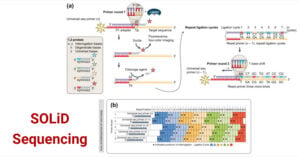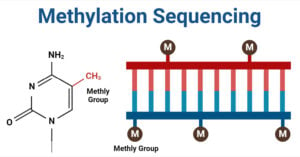Semiconductor Sequencing: Principle, Steps, Uses
Semiconductor sequencing is a technology that uses electronic sensors fixed in microchips to sequence nucleic acids by directly measuring electrical signals caused by proton release during DNA synthesis. This sequencing … Read more









